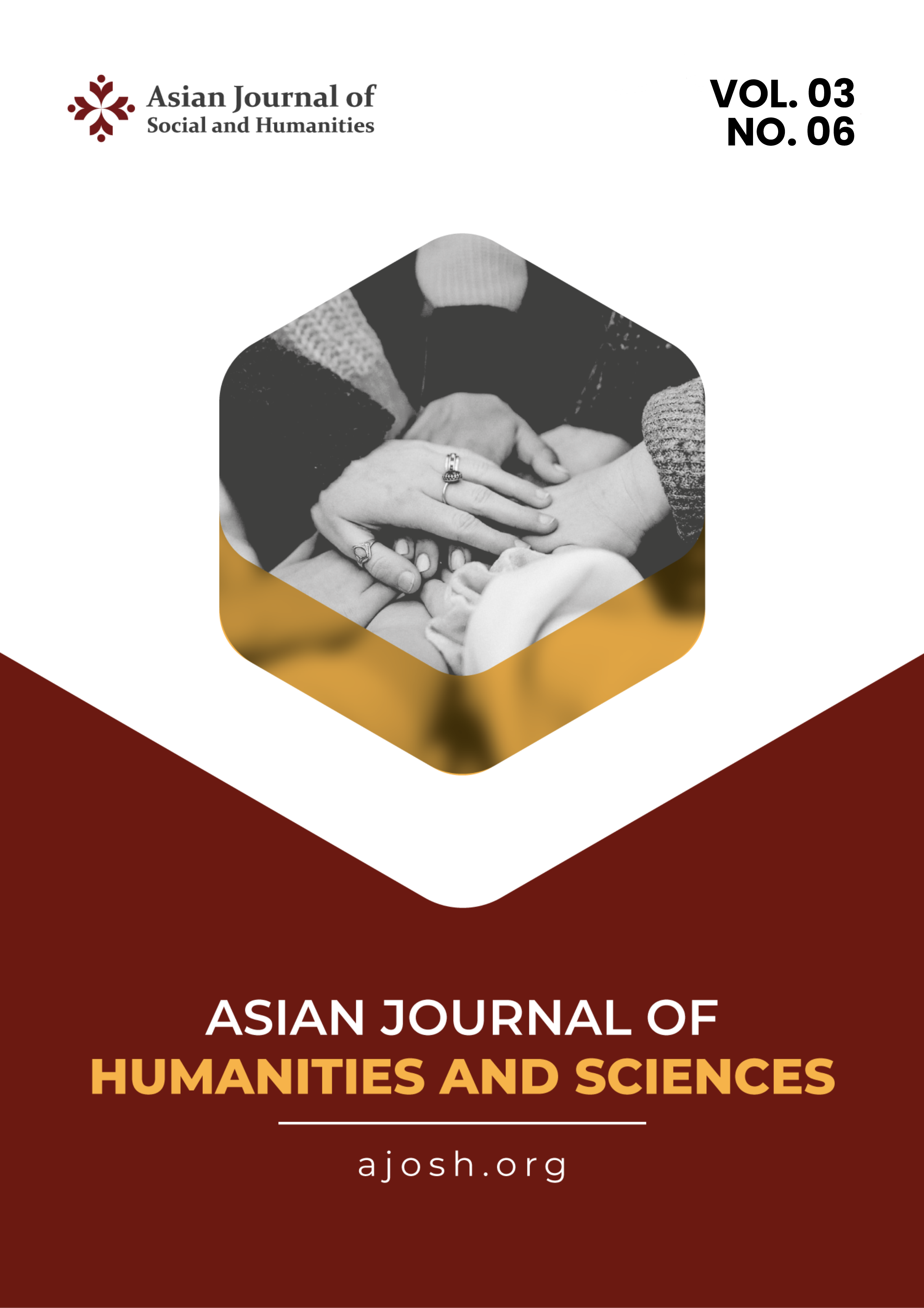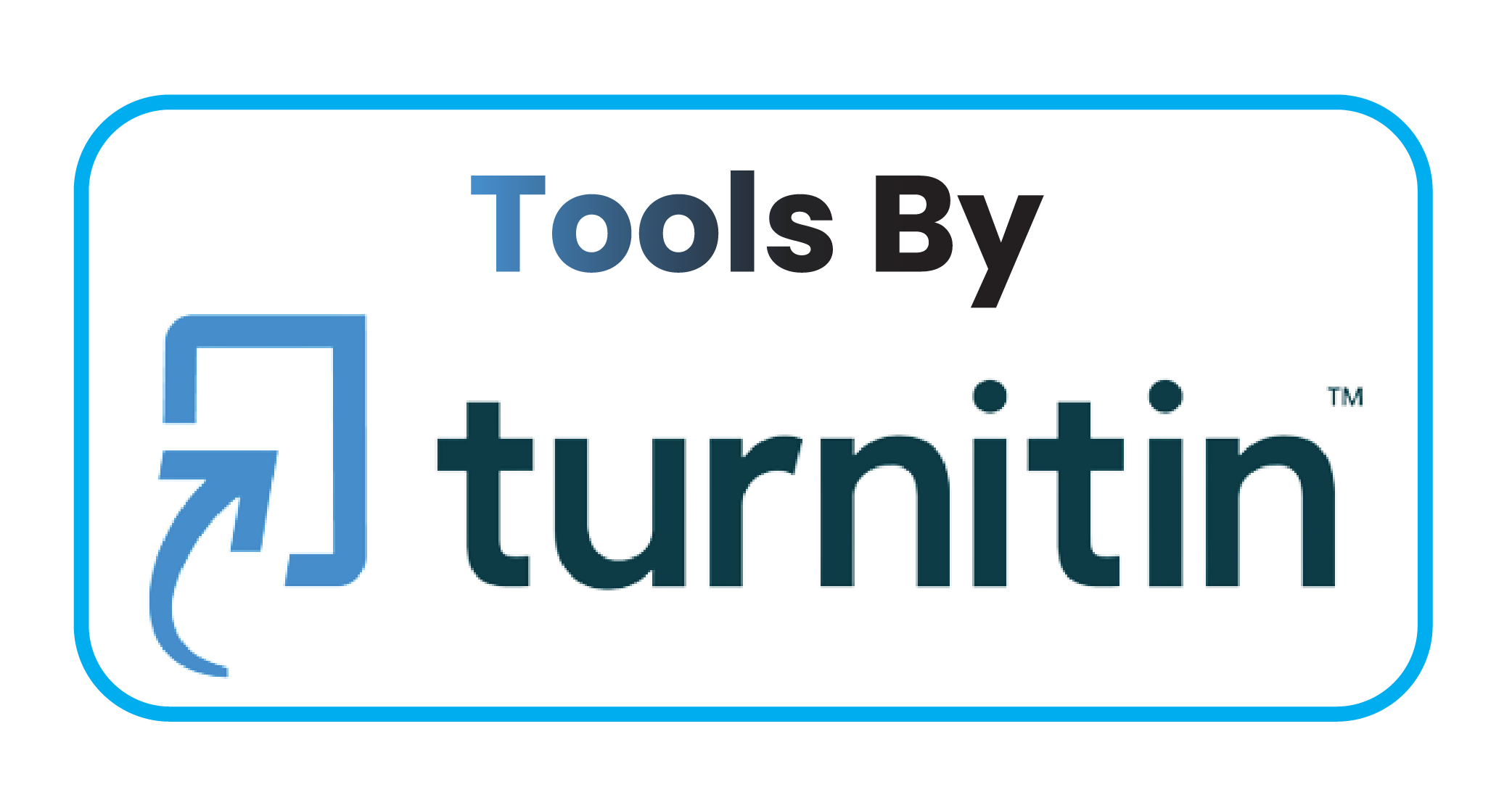Analysis of Construction Requirements For Concrete and Asphalt Pavements on The Temuireng-Jetis Road Section, Mojokerto District
DOI:
https://doi.org/10.59888/ajosh.v3i6.525Keywords:
flexural pavement;, hard pavement;, asphalt;, concreteAbstract
This study analyzes the construction requirements for rigid (concrete) and flexible (asphalt) pavements on the Temuireng-Jetis road section in Mojokerto District, focusing on the cost-effectiveness and efficiency of both options. The research compares pavement thickness design, cost, and implementation time using the 2017 Pavement Design Manual (MDPJ) and Pd T-14-2003 standards. Data was collected through field surveys and reports from the Mojokerto District Public Works Office. The findings indicate that rigid pavement, with a 25 cm thickness, offers greater long-term economic advantages compared to flexible pavement due to its superior durability, reduced maintenance needs, and better performance under heavy traffic. Although rigid pavement has higher initial construction costs, it proves more cost-effective over time. Flexible pavement, while cheaper initially, incurs higher maintenance costs and is more prone to damage in high-traffic areas. The study recommends using rigid pavement for roads expected to support heavy vehicles and require extended service life. In conclusion, this research provides valuable insights into selecting the appropriate pavement type based on cost, durability, and long-term benefits, offering practical guidance for policymakers and engineers in Mojokerto and other regions facing similar infrastructure challenges.
Downloads
Published
Issue
Section
License
Copyright (c) 2025 Dukha Rusida, Wateno Oetomo, Risma Marleno

This work is licensed under a Creative Commons Attribution-ShareAlike 4.0 International License.
Authors who publish with this journal agree to the following terms:
- Authors retain copyright and grant the journal right of first publication with the work simultaneously licensed under a Creative Commons Attribution-ShareAlike 4.0 International. that allows others to share the work with an acknowledgement of the work's authorship and initial publication in this journal.
- Authors are able to enter into separate, additional contractual arrangements for the non-exclusive distribution of the journal's published version of the work (e.g., post it to an institutional repository or publish it in a book), with an acknowledgement of its initial publication in this journal.
- Authors are permitted and encouraged to post their work online (e.g., in institutional repositories or on their website) prior to and during the submission process, as it can lead to productive exchanges, as well as earlier and greater citation of published work.










